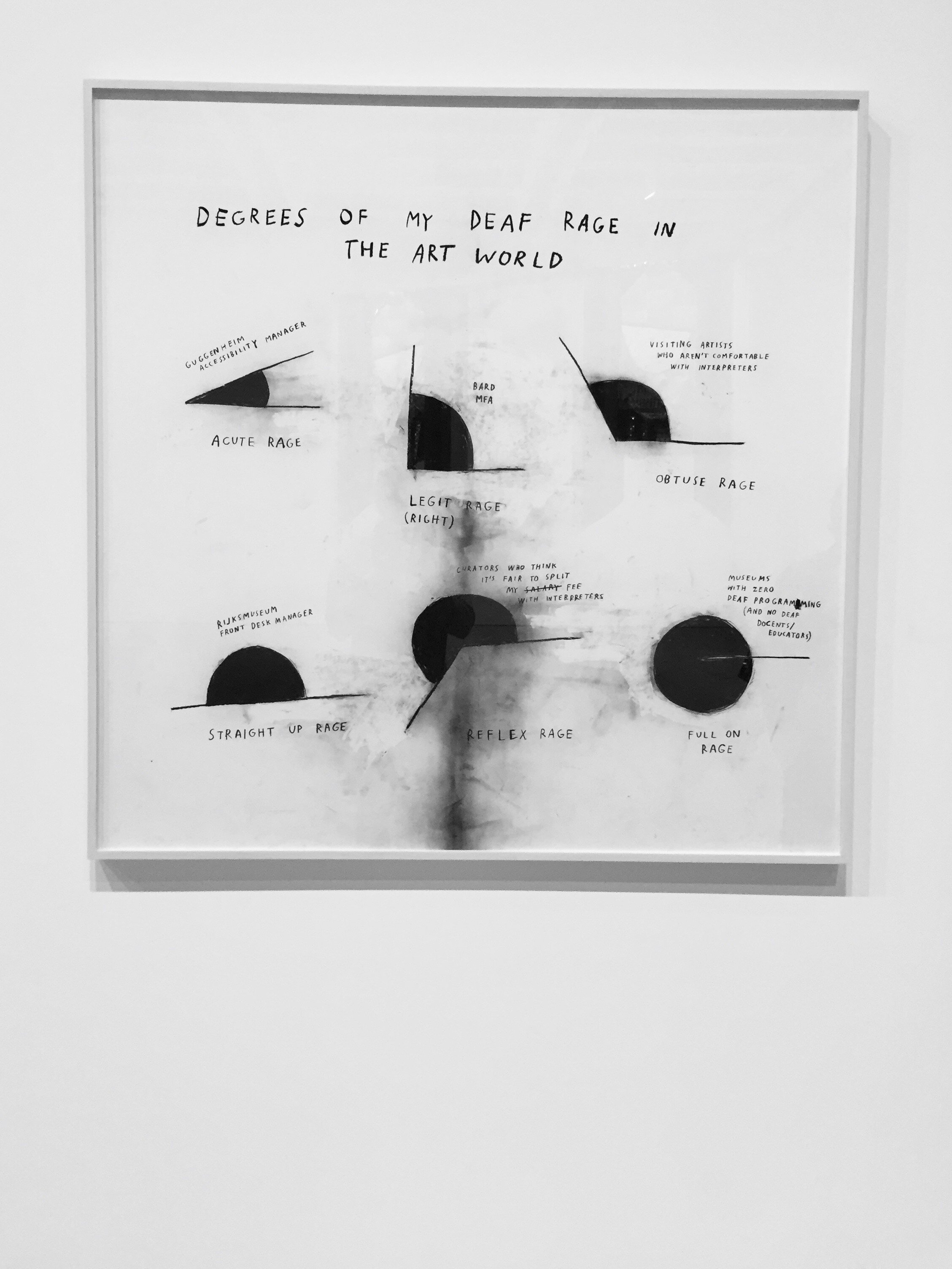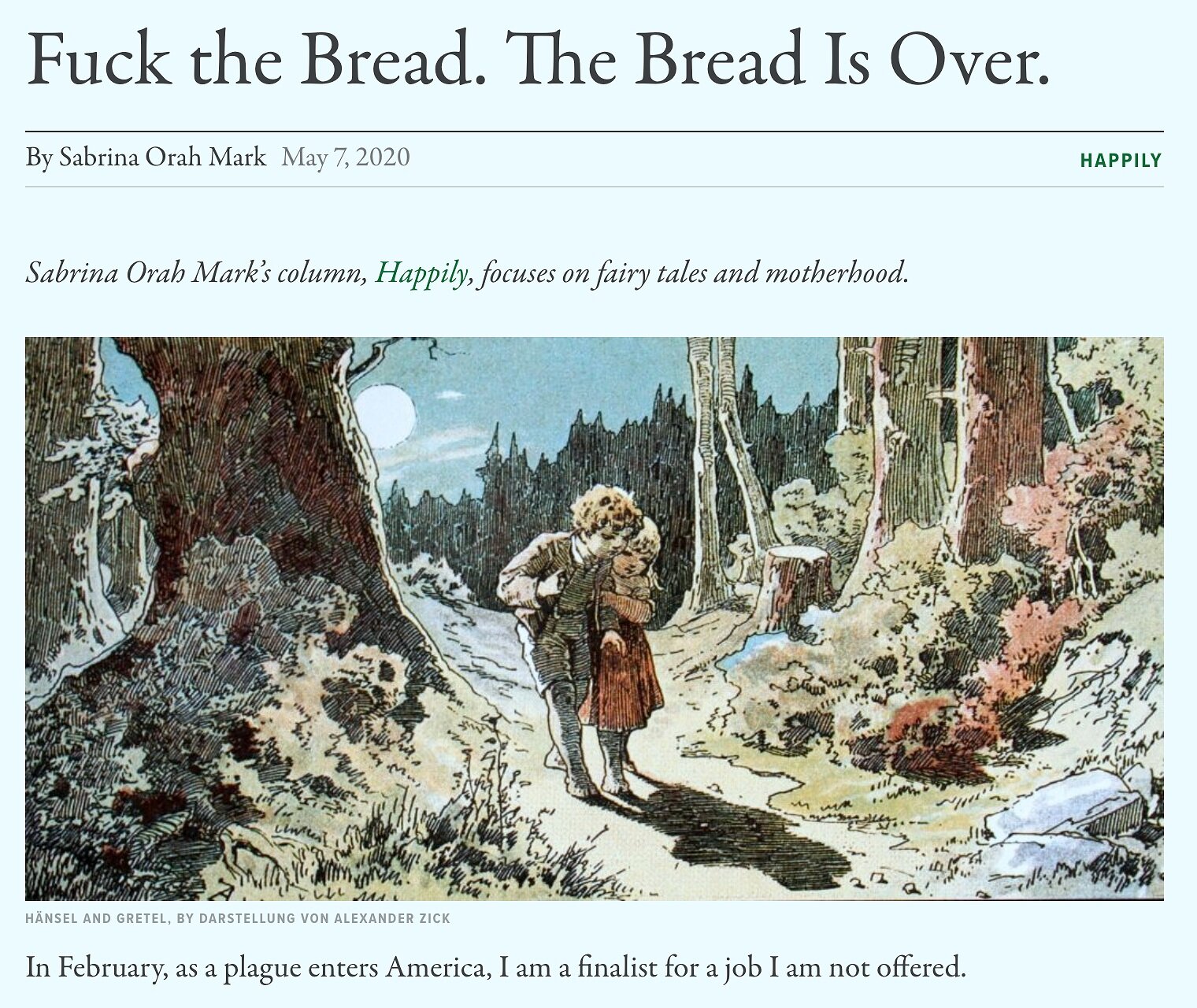Untitled (from the series Griffin Memorial), 2010
“In 2008, employees at an office for the accounting firm Deloitte were troubled by the behavior of a new recruit. In the midst of a bustling work environment, she didn’t seem to be doing anything except sitting at an empty desk and staring into space. Whenever someone would ask what she was doing, she would reply that she was “doing thought work” or “working on [her] thesis.” Then there was the day that she spent riding the elevators up and down repeatedly. When a coworker saw this and asked if she was “thinking again,” she replied: “It helps to see things from a different perspective.” The employees “became uneasy. Urgent inter-office emails were sent.
It turned out that the staff had unwittingly taken part in a performance piece called ‘The Trainee.’ The silent employee was Pilvi Takala, a Finnish artist who is known for videos in which she quietly threatens social norms with simple actions. In a piece called Bag Lady, for instance, she spent days roaming a mall in Berlin while carrying a clear plastic bag full of euro bills. Christy Lange describes the piece in Frieze: “While this obvious display of wealth should have made her the ‘perfect customer,’ she only aroused suspicion from security guards and disdain from shopkeepers. Others urged her to accept a more discreet bag for her money.”
’The Trainee’ epitomized Takala’s method. As observed by a writer at Pumphouse Gallery, which showed her work in 2017, there is nothing inherently unusual about the notion of not working while at work; people commonly look at Facebook on their phones or seek other distractions during work hours. It was the image of utter inactivity that so galled Takala’s colleagues. “Appearing as if you’re doing nothing is seen as a threat to the general working order of the company, creating a sense of the unknown,” they wrote, adding solemnly, “The potential of nothing is everything.”


























